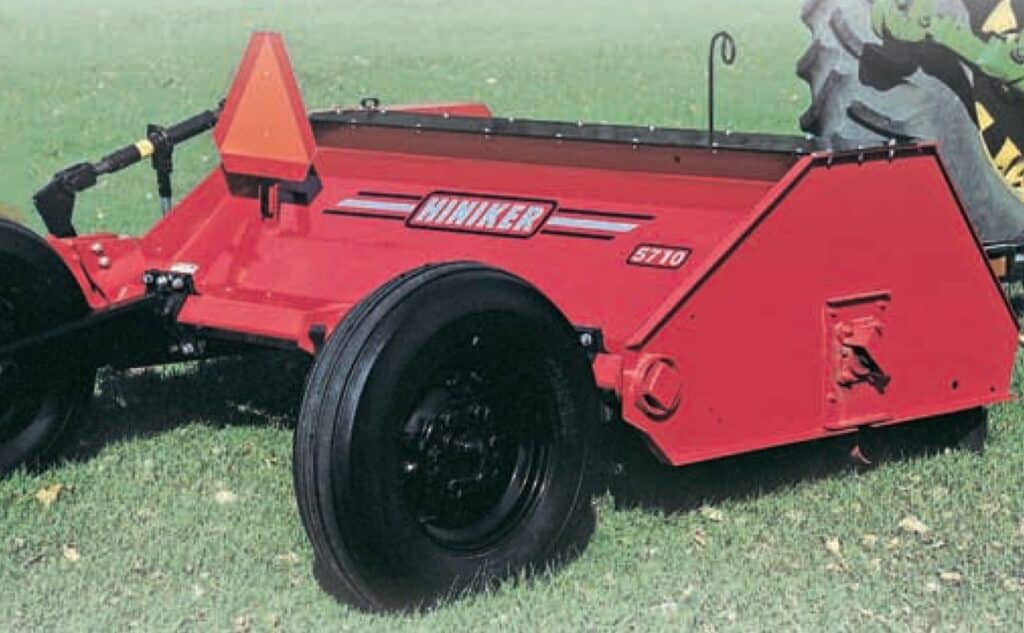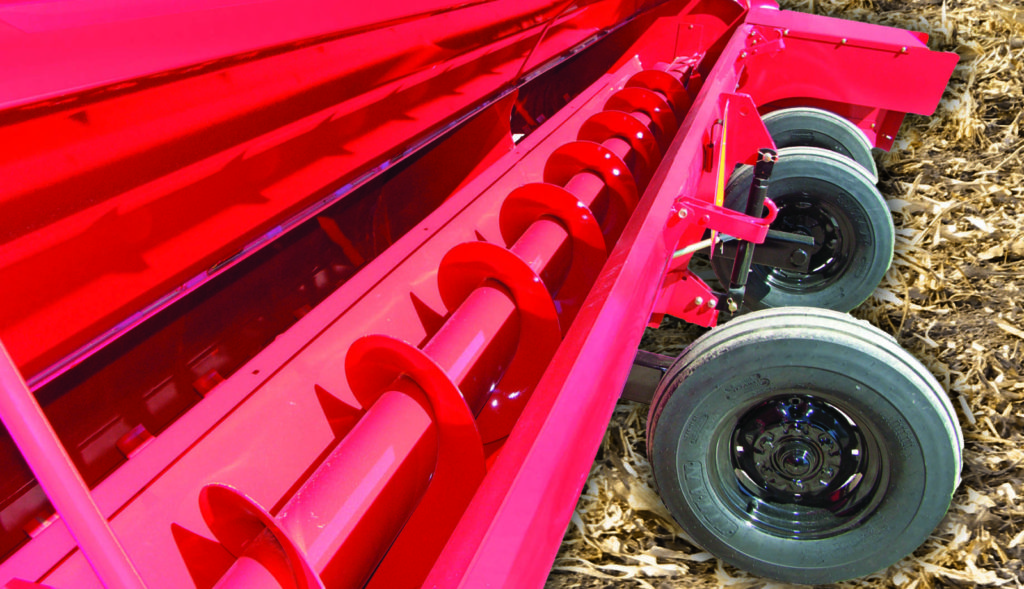.
Your forage chopper needs proper maintenance to deliver reliable performance and efficient harvesting results. Regular maintenance of your equipment enables it to endure field conditions and produce top results each day regardless of whether you are processing corn silage or cover crops and crop residue.
Through extensive experience working with farmers nationwide, Hiniker understands that equipment durability is just one aspect of the farming solution. Machines function optimally when they receive continuous care and intelligent maintenance procedures. This guide provides key maintenance advice to prolong your forage chopper’s lifespan and prevent expensive operational halts.
Understand Your Forage Chopper’s Working Conditions
Your maintenance schedule needs to be customized to match the distinct operating conditions of each machine. Operating your forage chopper in high-moisture crops or dense stover will result in quicker residue accumulation and accelerated blade wear compared to chopping drier materials. Soil type, along with crop variety and harvest timing, determine the wear rates and maintenance requirements for equipment.
Knowing the specific conditions and usage patterns of your equipment enables you to create a maintenance strategy that works efficiently while reducing unexpected field issues.
Inspect and Sharpen Blades Regularly
The cutting system forms the essential center of any forage chopper. Balanced blades that stay sharp provide precise cutting which protects additional components from stress. Inefficient cutting blades require extra fuel and produce uneven chopped material that results in poor compaction and reduced feed quality.
Evaluate the blades for any signs of nicks and cracks or excessive wear before every use. Ensure blades remain sharp by either sharpening them or replacing them when necessary while maintaining an even cutting edge. The imbalance in blades generates vibrations that damage bearings and cause early system deterioration.
Stover chopper operators need to prioritize this critical step. The cutting edges experience heightened stress when machines chop dry stalks and tough residue which necessitates routine blade inspections.
Keep an Eye on the Drive System
The drive system of a forage chopper undergoes continuous motion along with vibration and pressure. Regular inspection of chains, belts and gearboxes is necessary to check tension levels and alignment while looking for any wear indicators. The presence of damaged parts or loose components can trigger power loss along with feeding inconsistencies or unexpected machine failures.
Maintaining tensioners and bearings requires regular monitoring. When components feel rough or show overheating indications they might be approaching the end of their usable lifespan. Proper lubrication intervals and the correct lubricant extend component life while minimizing unexpected operational failures in the field.
.
.
Clean Debris from Key Areas After Use
Post-run cleanup remains a frequently neglected element of forage chopper maintenance. Moving components of machinery can accumulate dust, silage juice and crop residue which creates corrosion or disrupts belt and pulley operations.
Make sure to remove any accumulated debris after every use with special attention to the blower housing, discharge chute, and intake area. Operators of a flail forage harvester must prioritize cleaning procedures because their chopping mechanism generates finer debris compared to traditional systems.
Although flail systems provide outstanding results, they require consistent airflow and effective cutting performance to operate properly. When you choose flail forage harvester manufacturers they should supply instructions about cleaning schedules and airflow maintenance to maintain optimal performance.
Monitor Your Crop Feed System
Efficient feeding is crucial to productivity. Uneven crop intake into the chopper produces chop inconsistencies and lowers the machine’s processing capacity. Regularly check both the feed rolls and compression springs in your system. Avoid material accumulation to prevent blockages and harvest delays.
Observe how your forage harvester manages dense or moist materials during operation. Consistent feeding protects your cutting edges while providing uniform windrow or wagon formation.
While Hiniker machines are designed to deliver smooth crop flow the best results are achieved through consistent maintenance of the feed systems.
Follow Manufacturer Guidelines for Lubrication and Service
Different components have different service needs. Your chopper’s owner’s manual contains essential information about lubrication schedules and the correct grease or oil types to use. Sealed bearings and high-speed shafts suffer equally from both over-lubrication and under-lubrication.
Partnering with trusted flail forage harvester dealers provides you with increased assurance that your equipment maintenance follows proper procedures. Dealers provide service support and maintenance reminders along with part replacements to ensure your system operates without interruptions during the season.
Hiniker’s knowledgeable dealer network provides farmers with equipment expertise along with preventative maintenance tips and timely replacement parts.
Make Off-Season Maintenance a Priority
Farmers should conduct their full equipment inspections after the agricultural season concludes. Delaying maintenance inspections until the start of the next harvest season increases the chances of finding worn parts during critical weather conditions.
Remove all fluids from the chopper when it’s not in use and shield any exposed metal pieces from moisture. Protect your machine from rust damage by storing it indoors or covering it when not in use. Talk to your dealer to book the necessary repairs before the next busy season starts.
Proper off-season maintenance helps avoid costly repairs and delays during peak operation time.
Conclusion: Protect Your Investment with Smart Maintenance
The forage chopper ranks as an essential component of your harvesting equipment. Regular maintenance and intelligent operation allow this equipment to provide dependable service for multiple years even under the toughest conditions. Maintaining your machine’s best performance involves multiple steps including blade sharpness and drive system care.
Long-term performance of both traditional choppers and high-performance flail forage harvesters depends on consistent maintenance and dependable support.
Your local Hiniker Dealer is ready to provide expert service advice together with parts support and maintenance tips that fit your specific needs.
.
.
Successful agricultural operations depend on labor and equipment while Hiniker provides the necessary technological solutions. Our team stands ready to help you acquire the newest farm equipment for maximum operational efficiency.
Hiniker holds pride in its position as a dependable source for farm equipment manufacturing. For over five decades we have constructed reliable farming machinery to support our partners in the agricultural sector.
Our inventory includes the newest models of cultivators, cover crop seeders, rate controllers, shredders, windrowers and forage choppers. Hiniker stands ready to support your complete farming equipment requirements.
Contact your local Hiniker Dealer right now to learn about our incredible farming machines.
Follow us on Facebook



